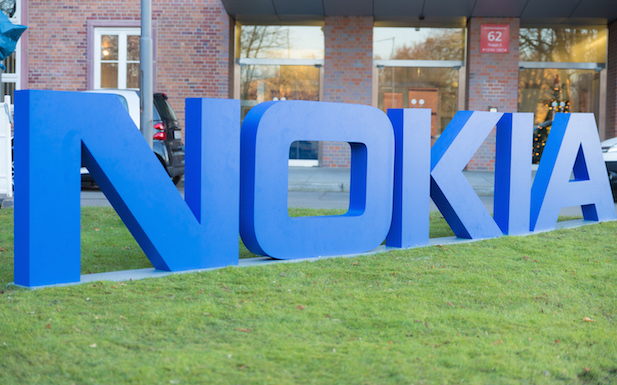Is the O-RAN Alliance under threat from China, the US or the SD-RAN of the Open Network Foundation?
Nokia’s suspended commitment to the Open RAN alliance has raised fears that the ideal of open systems becomes impractical when 5G has so much strategic importance to competing global rivals.
The Finnish networking equipment vendor has announced it will “suspend all of technical work activities” with the O-RAN Alliance, because it was concerned that its involvement might invoke penalties for working with Chinese technology firms on the US government’s blacklist. It said the compliance related matter left it with no choice.
The news surprised many because in June Nokia opened a dedicated Open RAN Collaboration and Testing Center at its offices in Dallas, Texas. Nokia was highly influential within the Open RAN movement, having been involved with the O-RAN Alliance since inception.
Telecoms analyst Caroline Gabriel, Research Director, Rethink Research, has warned that O-RAN was in danger of being dominated by Nokia, which contributed the bulk of the code for the RAN Intelligent Controller (RIC) and other key elements.
Conflict of interest bound to cause friction
“I’ve been making the point for a while that O-RAN is founded on a lot of Chinese intellectual property rights,” Gabriel told Mobile Europe “Some of the most enthusiastic O-RAN tests, trials and plugfests have been in China. Given the moves by the USA – and to some extent the EU – to use O-RAN as the hook to reduce Chinese participation in the 5G supply chain, and to stimulate a homegrown ecosystem, this was a conflict of interests waiting to happen.”
“If the Department of Commerce had more joined-up thinking with other departments they might have avoided listing these particular companies at this delicate stage for the O-RAN ecosystem,” said Gabriel, “but the cat is out of the bag now! I imagine Nokia has come under pressure from its hugely important US customers. It certainly doesn’t want any more problems with its US accounts.”
Many vendors are straying from the cause under pressure, Gabriel said. AT&T, another important Nokia client, is an advocate of open networks and contributed foundational code. However, “it isn’t particularly following the O-RAN path,” Gabriel said.
There are two possible outcomes. The worst case is that the technology world is split between two sets of platforms. The least bad outcome is delays to the creation of robust O-RAN specs as the Alliance is forced to re-engineer in order to weed out Chinese contributions, Gabriel said.
Whose RAN is it anyway?
“Nokia’s commitment to O-RAN and the O-RAN Alliance remains strong,” a company spokesperson told Light Reading in an email. “At this stage we are simply pausing technical activity with the Alliance as some participants have been added to the US entities list and it is prudent for us to allow the Alliance time to analyse and come to a resolution.”
Nokia’s contention is that inclusion of Chinese firms Kindroid, Phytium and Inspur in O-RAN is not to the liking of US national security and the risk of being penalised is unsettling. It didn’t specify whether it was in agreement with the US government dictating the direction of Open RAN.
According to Rethink analyst Gabriel, O-RAN risks “falling into the grip of large, incumbent vendors, rather than an innovative crowd of independents. The Open Networking Foundation (ONF), which is launching its own software-defined RAN project, could steal much of O-RAN’s thunder,” Gabriel wrote in a column for Mobile Europe.
Analyst John Strand at Strand Consult predicted that as more companies consider national security issues and the risk of US penalties, more O-RAN Alliance defectors may emerge.
“It appears that some policymakers have not thought through the technical issues and consequences for Chinese government actors to be involved in the development, design and production of open RAN equipment,” said Strand.



